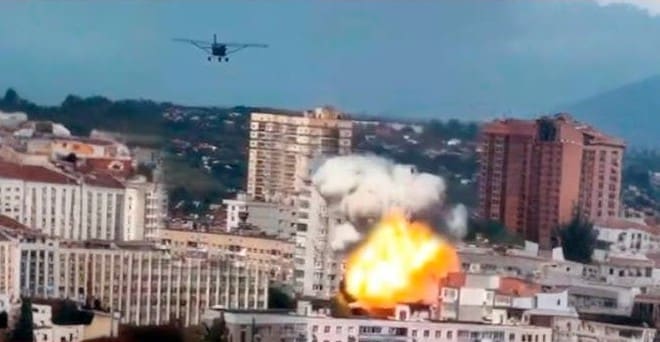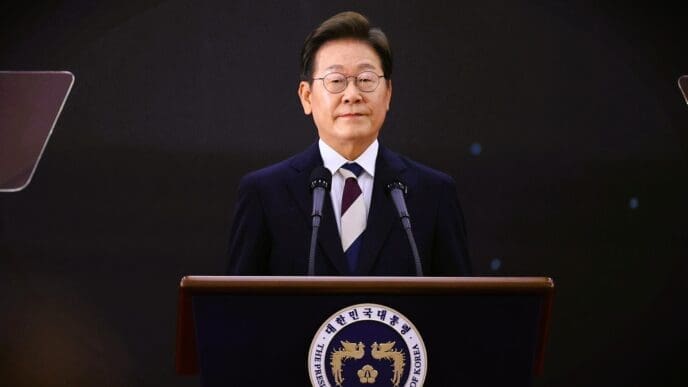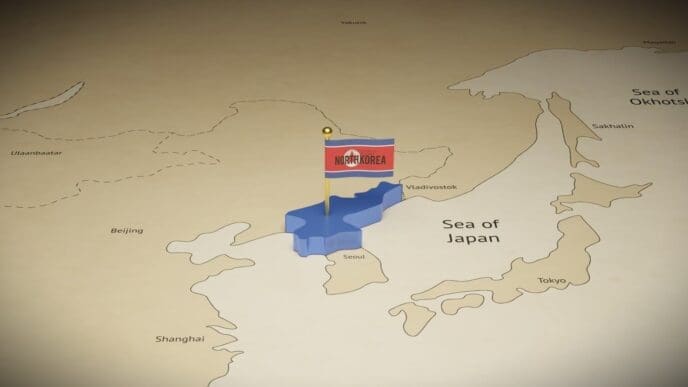Russia has started a substantial withdrawal of military forces from Syria, as confirmed by U.S. and Western officials. This development follows the removal of former Syrian president Bashar al-Assad from power.
The withdrawal, characterized as large-scale and significant, began last week. Although the permanency of this action is still uncertain, intelligence suggests that Russia is assessing whether rebel group Hayat Tahrir al Sham might agree to negotiations that would permit Russia to keep some of its strategic bases in Syria. These installations include the Khmeimim airbase in Latakia and a crucial port facility at Tartus.
Kremlin spokesperson Dmitry Peskov indicated in a recent briefing that Russia is maintaining communication with the Damascus rebels. This interaction is deemed necessary to safeguard Russian facilities and personnel still present in the region.
Concurrently, U.S. officials have reported movements of Russian naval assets from Syria to Libya. Additionally, Moscow appears to be pressuring Libyan National Army’s commander Khalifa Haftar to secure a Russian claim to a port in Benghazi. The loss of the Tartus port would leave Russia without a Mediterranean port, crucial for exerting influence on NATO’s southern flank, and could impair the movement of materials between Russia and Africa.
Flight data and satellite imagery reveal that Russian aircraft from the Ministry of Emergency Situations have made several trips to Libya’s al-Khadim base recently. This base has historically been a launch point for operations in Africa, including activities by the notorious Wagner Group.
Imagery by Maxar Technologies highlighted Russian military preparations to vacate their sites in Syria. At the Khmeimim airbase, AN-124 transport planes were spotted ready to load equipment, along with a dismantled Ka-52 helicopter and parts of an S-400 air defense unit, supporting reports of a drawdown.
Evidence from videos shared on social media, verified by reliable sources, show Russian military equipment moving towards Tartus and armored vehicles flying the Russian flag heading in the opposite direction.
U.S. Secretary of State Antony Blinken refrained from commenting on the Russian military’s pullout. On the other hand, Pentagon Press Secretary Major General Patrick Ryder acknowledged that the U.S. now enjoys greater operational freedom in Syria to combat ISIS, as Russian air defenses have been deactivated.
Moreover, State Department spokesperson Matthew Miller discussed Russia’s injurious legacy in Syria, reminding that Russia historically backed a regime responsible for mass civilian casualties. He emphasized that decisions regarding the Russian bases are ultimately the responsibility of the Syrian populace.
U.S. Central Command has recently launched several airstrikes against ISIS posts in Syria, conducting these operations undeviated following Assad’s ouster. The current conditions in Syrian airspace are notably more favorable for such maneuvers, largely due to the absence of Russian defenses.
Russia’s military withdrawal from Syria is a pivotal development, marking a shift in the region’s power dynamics and opening new avenues for international operations.













